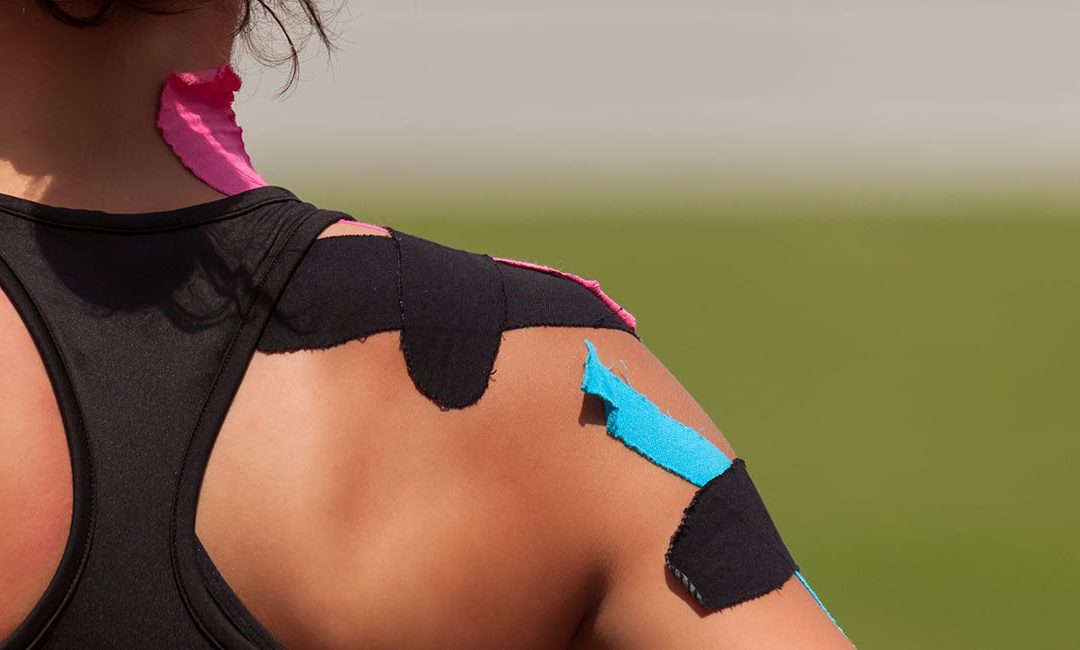The shoulder is one of the most mobile joints of the body which is made up of three main bones, the upper arm bone (humerus), shoulder blade (scapula) and collar bone (clavicle). However, the extensive range of motion of the joint makes it prone to injuries and instability. The upper end of the humerus fits into a cavity within the shoulder blade known as glenoid. It is held in place by strong ligament structures but an external trauma or overuse may push the humeral head out of the socket, leaving the joint unstable. Once it occurs, the shoulder tends to become susceptible to repeated incidences of injury. This condition is medically termed as Chronic Shoulder Instability. It may lead to partial or complete displacement of the humeral head.
Causes
- Injury or trauma – A sudden injury to the shoulder or arm may push the humerus out of the glenoid. This occurs as a result of damage to the ligaments, tendons and cartilage structures that support the bones. Weak connective tissues make the joint prone to repeated episodes of instability
- Bankart Lesion – Damage to the cartilage lining between the humeral head and glenoid may make the shoulder unstable Stress caused due to activities that require repeated overhead movement of the arm, such as swimming, playing tennis, painting etc., may loosen the ligaments Inherent weakness of the muscles and soft tissue structures that support the shoulder joint. They tend to suffer from multi-directional instability and the bone may slip out from the glenoid in different directions
- Double jointed – Excessive flexibility of the shoulder joint may also increase the risk of instability SymptomsPain in the upper arm, neck and shoulder
- Weakness
- Feeling that the shoulder may give away
- Frequent subluxations may occur
Diagnosis
- Patient’s medical history and shoulder injuries may be taken into consideration by the orthopedic doctor
- The patient may be asked to move the arm in different directions to check for the range of motion
- X-ray imaging may be conducted to assess the extent of damage to the joint
- MRI scan may be required to study the condition of the soft tissue structures
Treatment
- Chronic Shoulder Instability can be treated through conservative methods initially but if the symptoms do not subside or the condition weakens, surgery may be required. Treatment may include the following:
- Some lifestyle changes and modification of the daily activities may be suggested to relieve the symptoms. Any task that requires overhead movement of the arm should be avoided
- Physical therapy program may be initiated to increase the strength of the supporting muscles in the joint. A sling may be worn to provide support to the joint and allow the bone to get back to its original position
- Non-steroidal anti-inflammatory medicines may also be prescribed by the orthopedic doctor
- In severe cases, cortisone injections may be administered directly into the joint
- Surgical repair of weak or torn ligaments and reattaching them to the bone to increase stability
- Arthroscopic surgery may be performed to remove damaged cartilage and any loose fragments within the joint
OrthoTexas provides effective treatment for Chronic Shoulder Instability and other medical conditions. To schedule an appointment call, 972-492-1334.


